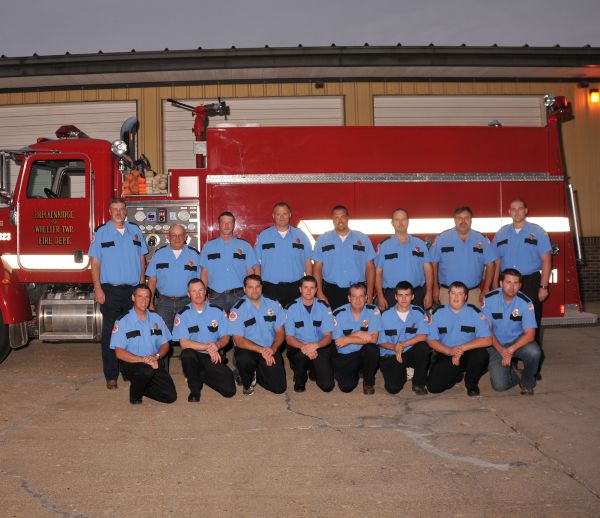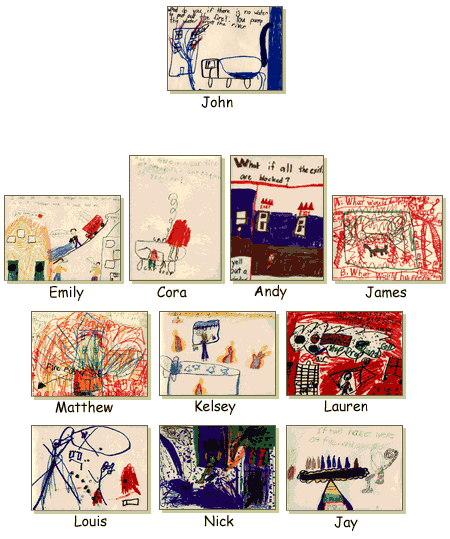The B.W.T.F.D.

Roster
Fire Prevention Tips
Before a Fire
Ask the fire department to inspect your home for
fire safety and prevention
During a Fire
Do not assume someone else already called the fire department. Get out of the house! Then call the Fire Department.
Fire Safety Facts
- Each year, more than 4,000 Americans die in fires, more than 25,000 are injured in fires, and more than 100 firefighters are killed while on duty. Eighty three percent of all civilian fire deaths occurred in residences.
- Many of these fires could have been prevented. Cooking is the third leading cause of fire deaths and the leading cause of injury among people ages 65 and older.
- Direct loss due to fires is estimated at nearly $8.6 billion annually. Intentionally set structure fires resulted in an estimated $664 million in property damage
- In order to protect yourself, it is important to understand the basic characteristics of fire.
Fire is FAST. In just two minutes, a fire can become life-threatening. In five minutes, a residence can be engulfed in flames.
Fire is DARK. Fire produces gases that make you disoriented and drowsy. Instead of being awakened by a fire, you may fall into a deeper sleep. Asphyxiation is the leading cause of fire deaths, exceeding burns by a three- to- one ratio.
Fire is HOT. Heat and smoke from fire can be more dangerous than the flames. Inhaling the super-hot air can sear your lungs.
Kid Safety
Have you ever wondered what you would do if there were a fire in your home? I have. Here are some important prevention and safety tips.
Be Smart
- Don’t touch matches. Stay away from lighters and candles, too.
- Don’t touch radiators or heaters. Ask a grown-up to turn a heater on or off for you. Don’t stand too close to a fireplace or wood stove, either.
- Don’t play with electrical cords. And don’t stick anything into an electrical socket.
- Don’t play around in the kitchen. If you want to cook something, be sure to check with a grown-up first.
- Don’t put anything over a lamp. Things thrown over a lamp (like blankets or clothing) could catch fire.
Be Prepared
- Make an escape plan. Work with your family to plan how to get out of your home if there is a fire.
- Plan two ways out of every room. The first way out should be a door.
- Choose a meeting place. Pick a safe and easy-to-remember spot outside your home where you will meet your family after you get out.
- Practice! Every escape path needs to be planned and practiced with grown-ups.
- Test smoke alarms. Help grown-ups remember to test smoke alarms monthly and to put in new batteries twice a year when the clocks change.
Be Safe
- Get out fast! When you hear the loud beep of the smoke alarm, get out of the house. Never hide or take time to grab your belongings or pets.
- Follow your escape plan. After all, you’ve been practicing!
- Feel a door before you open it. If it is hot, there may be fire on the other side. Try to get out another way.
- Stay low to the floor. Since smoke rises, the safest air for breathing is down low.
- Call 9-1-1 or the fire department. Be sure to do this after you get out of the house. Remember: Only call 9-1-1 if there is a real emergency.
- Stay out! Once you’re out, stay out. Don’t go back for anything!
And Remember
Stop, Drop, and Roll. If your clothing catches fire, remember to stop where you are and drop to the ground. Cover your face and mouth with your hands, and roll over and over until the flames are out.
From the United States Fire Administration’s Kids Page, and some from the National Fire Protection Association Web site. You can talk to your parents or teachers about fire safety, too. I also learned a lot from some third graders who interviewed four of their local firefighters. They even sent me some great pictures. Check them out!

